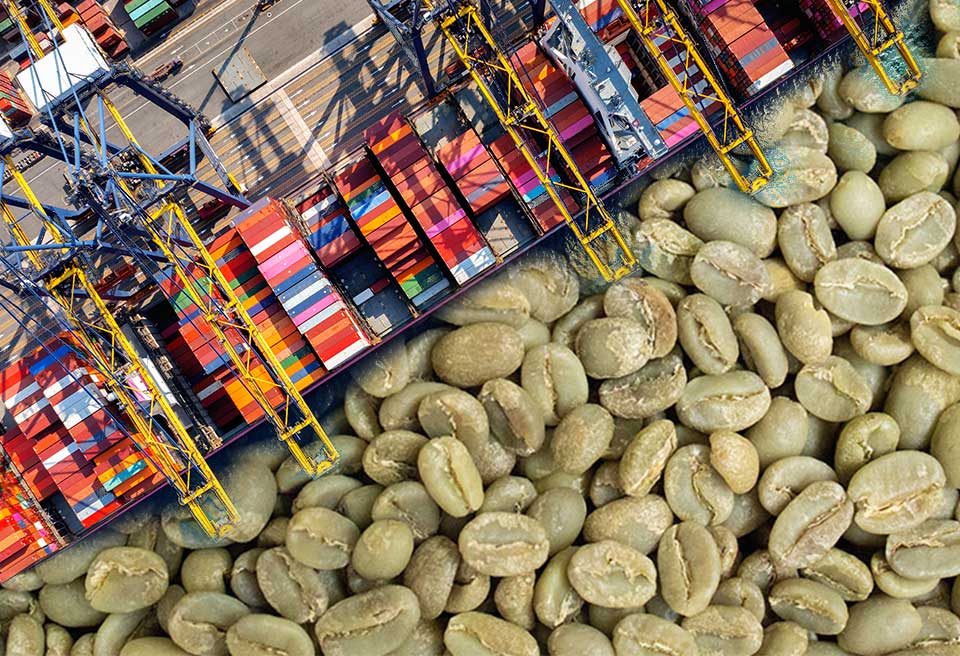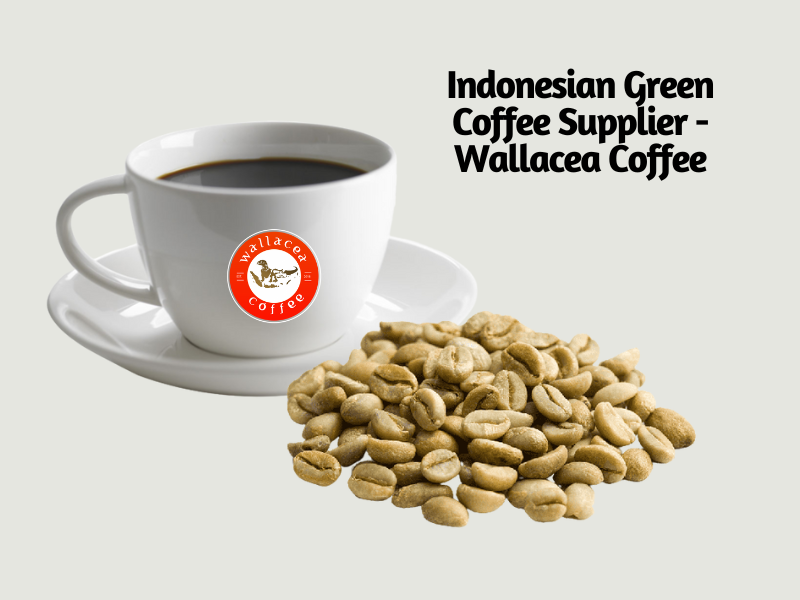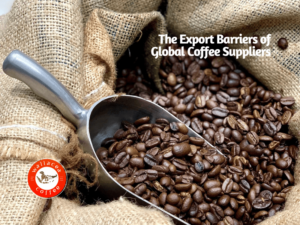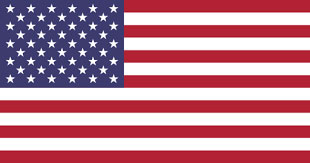

Coffee is like a daily go-to beverage for most people, from coffee aficionados to occasional coffee drinkers. There’s no doubt that green coffee beans have become the sought-after commodities in global trade. But, let us tell you a secret as a coffee supplier: Importing green coffee beans by container isn’t an easy task to accomplish.
Lots of factors need to be taken into account every time you import green coffee beans, due to the fact that it is a sensitive commodity and importing green coffee beans is costly. External factors like excessive moisture, light contamination, and extreme temperature changes can easily tamper the quality of green coffee beans.
If you don’t expect your green coffee beans to lose its unique flavor notes and aroma profile, here are some questions that should be considered before importing green coffee beans.
If you’re a new player in the coffee industry, it’s highly recommended to partner with a coffee supplier that specializes in export-import compliances like us. Most of the time, a reliable coffee supplier works closely with you to clear all the country-specific procedures, local regulations, and other logistics requirements.
Most of the expensive mistakes when importing green coffee beans take place in the distribution process. Oftentimes, green coffee beans lose its unique flavor notes and aroma profile caused by excessive moisture levels and humidity while the container stays in the transit point.
Based on a well-known agronomist, the moisture level required for green coffee beans ranges between 11% to 14%. Above that, green coffee beans are susceptible to mold formation and pest contamination. Hence, green coffee beans need to be exported under 60% humidity, or its moisture content will be impacted.
On the flip side, even when the moisture level and humidity are maintained at its ideal rate, temperature fluctuations are highly possible to severely impact the quality of green coffee beans. That’s why you need to consider the seasons when arranging green coffee beans imports with your coffee supplier. Extreme temperature change causes condensation within the coffee packaging, which increases the moisture content in the green coffee beans. When this happens, green coffee beans’ quality deteriorates by losing its flavor notes and aroma profile.
Recommended article: A Guide to Check Damaged Coffee Beans
When it comes to deciding your freight partners, it’s wise to discuss the volume exported, the types of coffee beans, and the shipment budget with your coffee supplier. There are 2 common ways of coffee shipping offered in the coffee industry; air freight and sea freight.
Air shipment mostly goes for roasted coffee because it tends to lose its potential taste quicker than green coffee beans. For this reason, roasted coffee needs a quicker shipping time. Most coffee buyers choose air freight when exporting roasted coffee in a small quantity. It’s because the pricing rate of air shipment costs 4 to 6 times higher than sea freight.
On the other hand, green coffee beans won’t lose its potency for months and it’s mostly dispatched in high volumes. That’s why green coffee beans don’t need fast shipping but a cost-effective one like sea freight. For this reason, sea freight has become most coffee buyers’ choice because it costs cheaper than air freight. When shipping green coffee beans by container, the estimated time takes 30 to 45 days before the container arrives at the destination country.
Last but not least, it’s worth considering to fill your container to be entirely loaded. When a container is entirely loaded, the temperature inside the container is able to circulate evenly, compared to a half-loaded container. This way, the temperature inside is more stable, and the green coffee beans’ quality won’t be impacted.
To avoid undesirable damages during the distribution process, investing in high-quality packaging is highly recommended. High-quality packaging offers more than protection, but a good impact on the environment as well. When talking about high-quality packaging for green coffee beans that are export by container, most coffee suppliers’ choices turn to reusable packagings, like hermetic bags and jute bags.
Hermetic bags like Grainpro bags are mostly utilized for dry agricultural commodities. It’s a water-resistant and gas-tight packaging option for green coffee beans. For this reason, Grainpro bags are able to protect green coffee beans from excessive moisture and provide insect control without harmful substances.
To give double protection, coffee suppliers mostly utilize jute bags. It’s made of all-natural fiber, which makes the jute bags don’t tear easily because of its flexibility. Unlike the Grainpro bags, jute bags don’t protect green coffee beans from moisture. That’s why it’s merely utilized as the outer layer for the Grainpro bags.

Before importing green coffee beans for your business, it is crucial to partner with a coffee supplier that is able to guarantee the safety of your beans. Make sure your coffee supplier is capable of providing the safest packaging that protects the quality of your green coffee beans.
Wallacea Coffee is a direct-trade coffee supplier that has held proven results in exporting green coffee beans with a global reach. Based on our decades of experience, we welcome our customers to consult with us regarding the green coffee beans trade. To protect our exported commodity, we utilize a double-layer packaging of jute bags and GrainPro bags. Be it for Gayo Sumatra, Lintong Sumatra, Mandheling Sumatra, Ijen Mountain Arabica, and Java Estate Robusta green coffee beans shipment.
Set up your green coffee beans in bulk purchase today through our BYOC (Build Your Own Container) system, or reach us at [email protected] for further assistance regarding our green coffee beans order.





PT Jaffarindo Internasional Indonesia
Cityloft Sudirman lt 19 unit 1926 Jl. K.H. Mas Mansyur No.121, RT.13/RW.11, Karet Tengsin, Tanah Abang District, Central Jakarta City, DKI Jakarta 10220, Indonesia.


+1 (626) 202-9253 (10 a.m – 4 p.m.) (PST)
No Comments